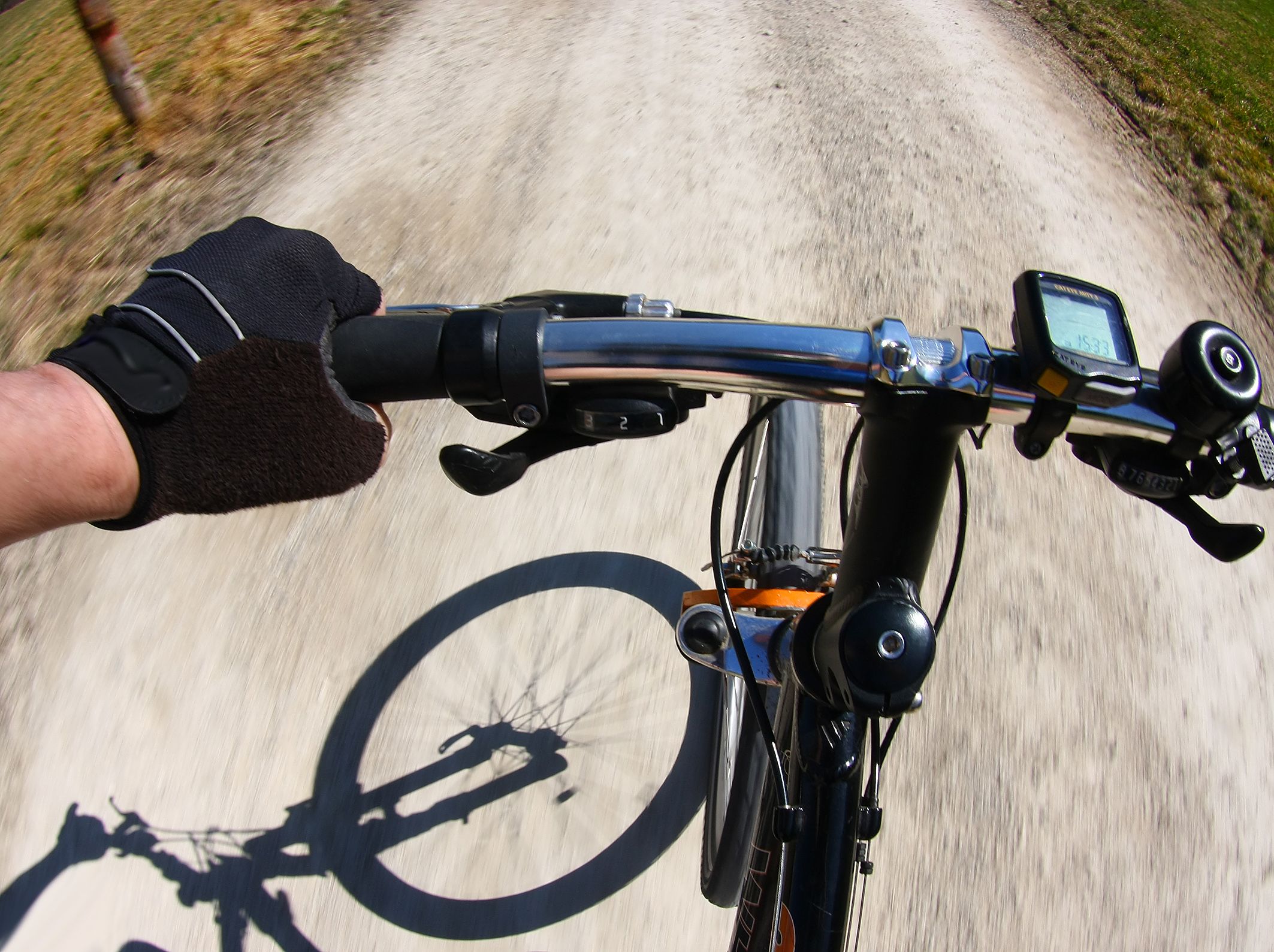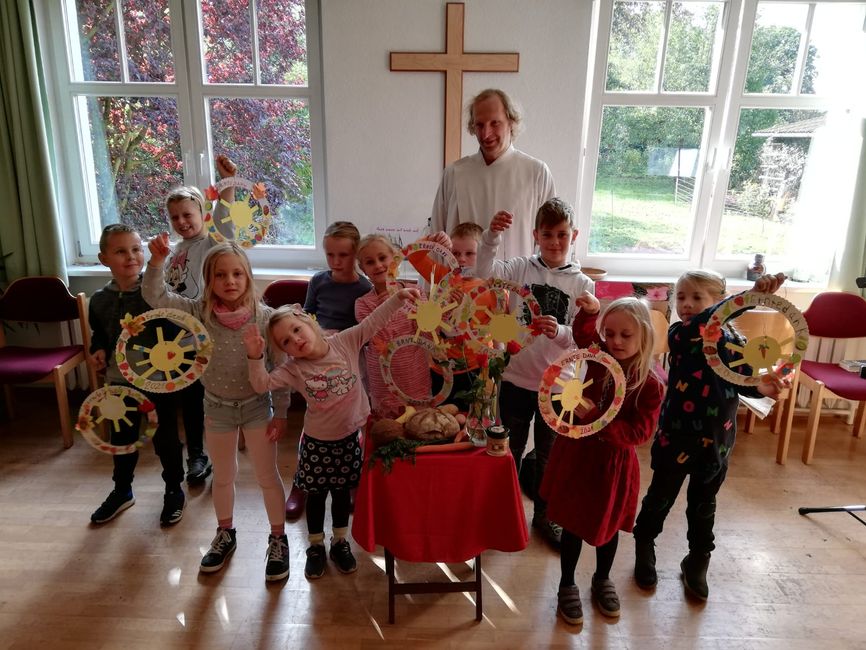
Go East - Mit dem Fahrrad zu Ev. Gemeinden in Osteuropa
vakantio.de/go-east-mit-dem-rad-zu-gemeinden-in-osteuropa
56th day - September 2: Bekescsaba - Largest Protestant Church in Eastern Europe
Ippubblikat: 03.09.2022
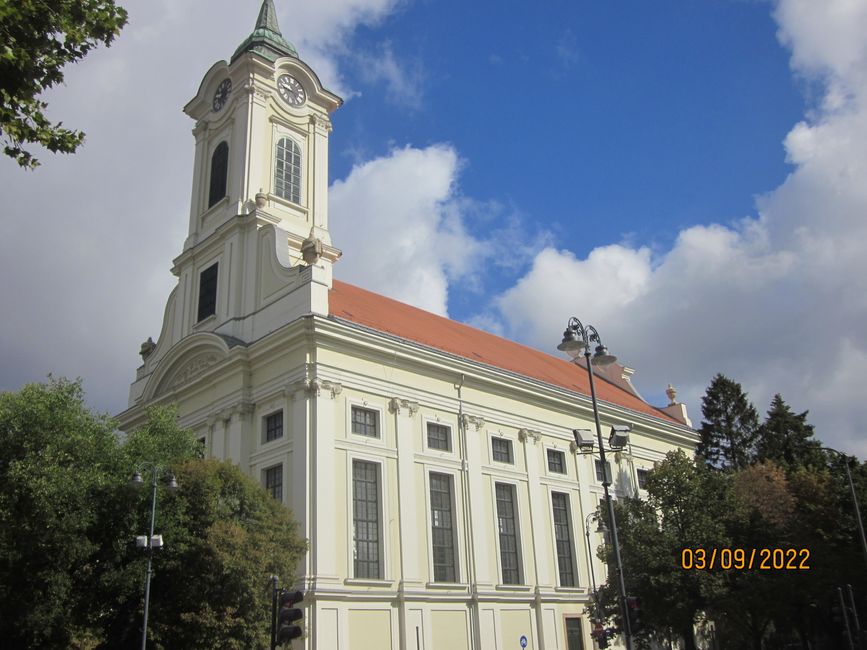
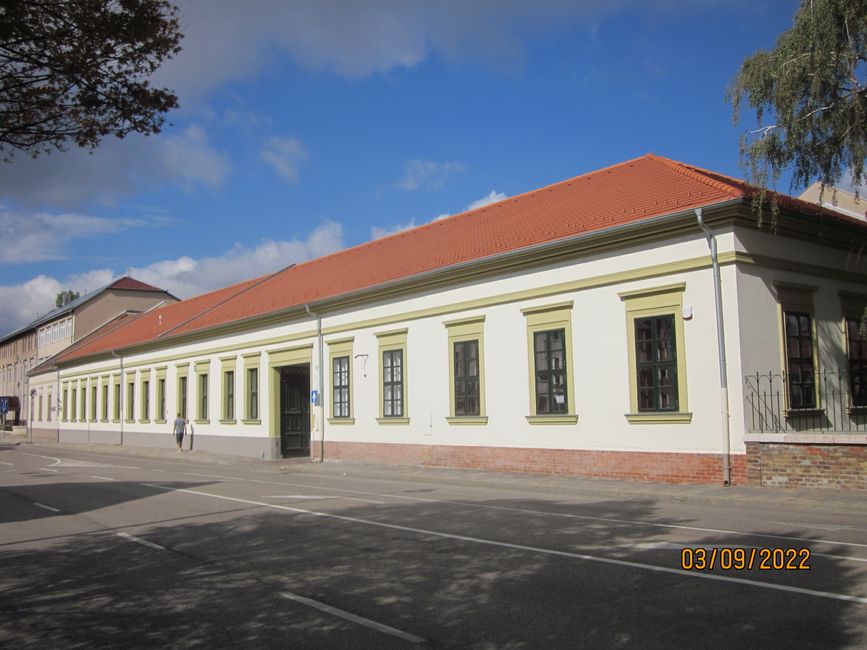
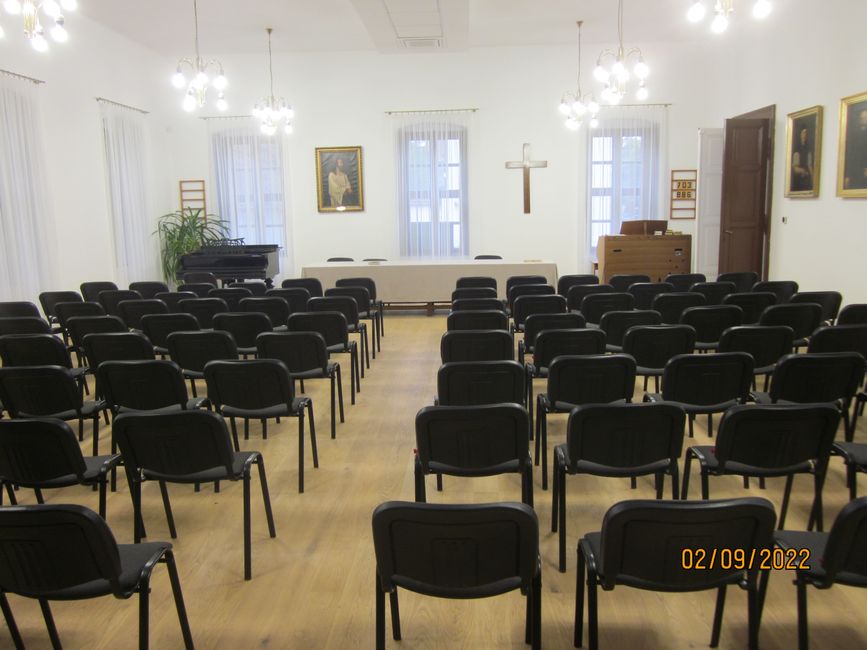
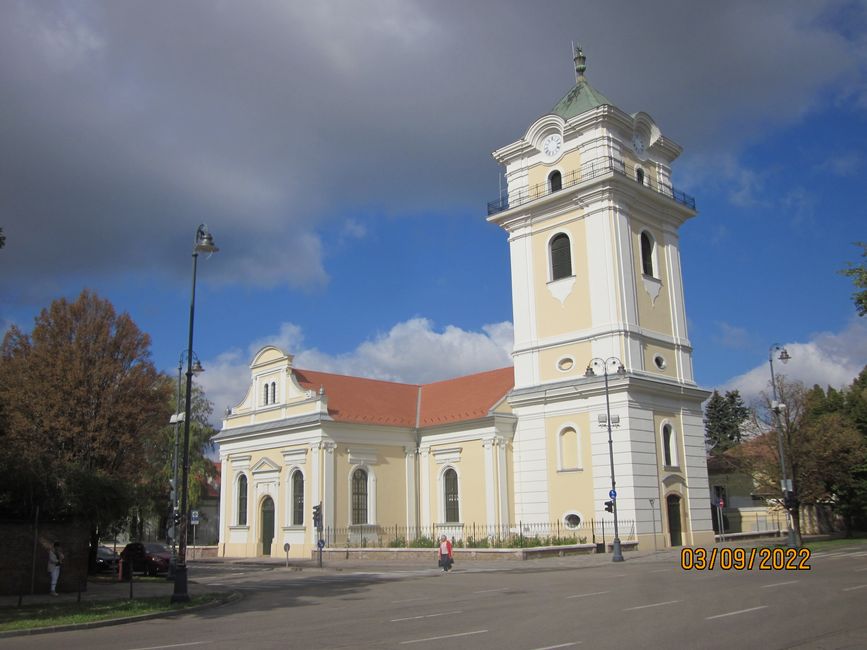
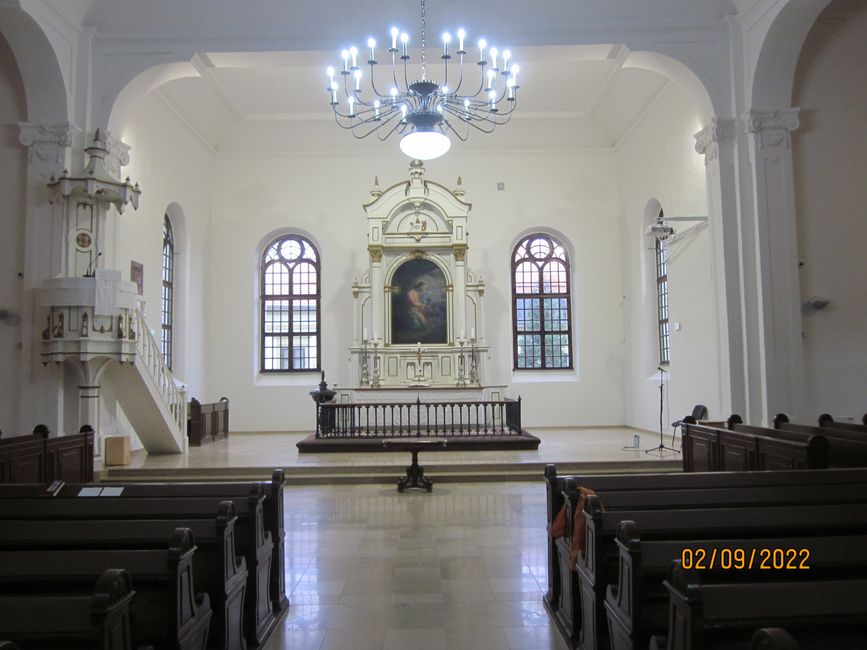
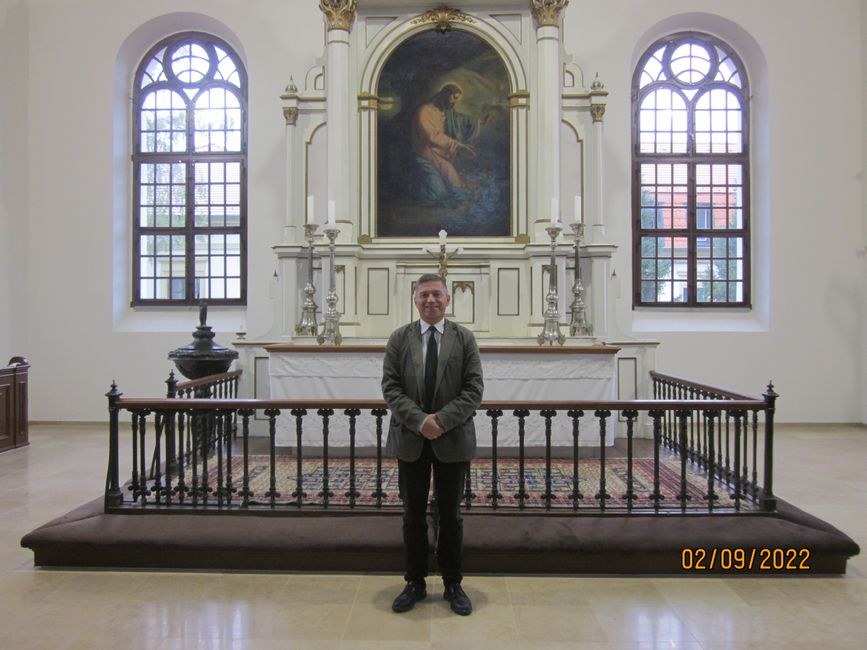
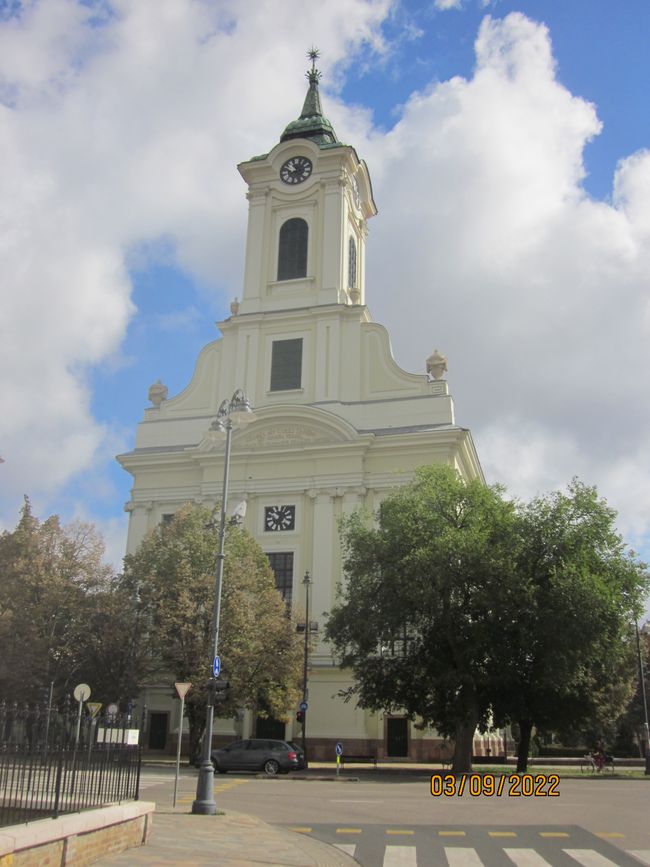
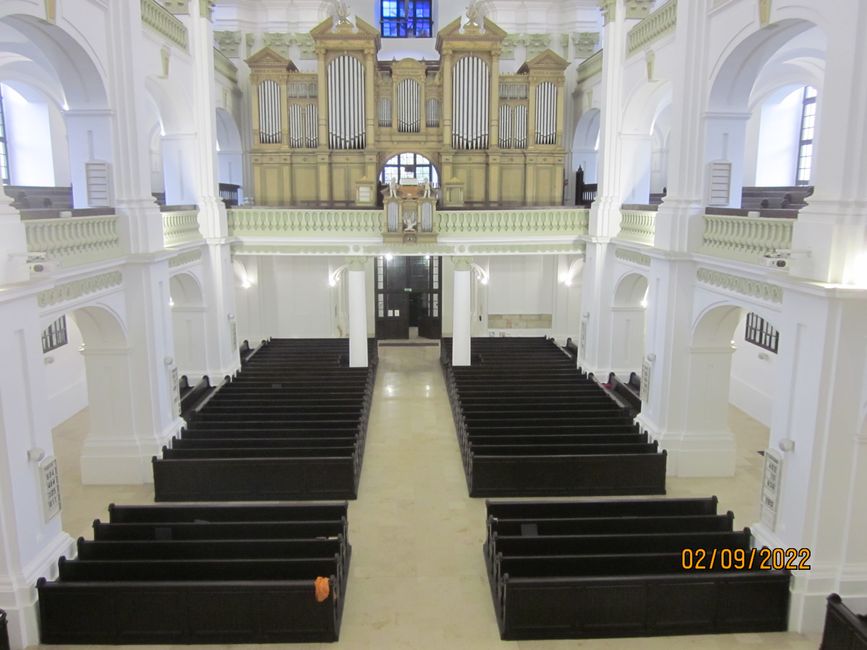
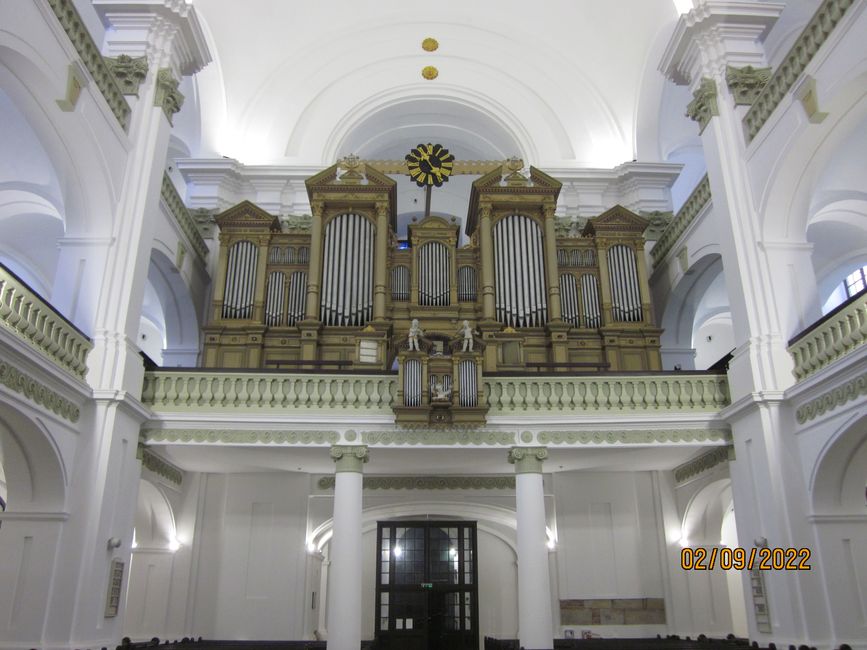
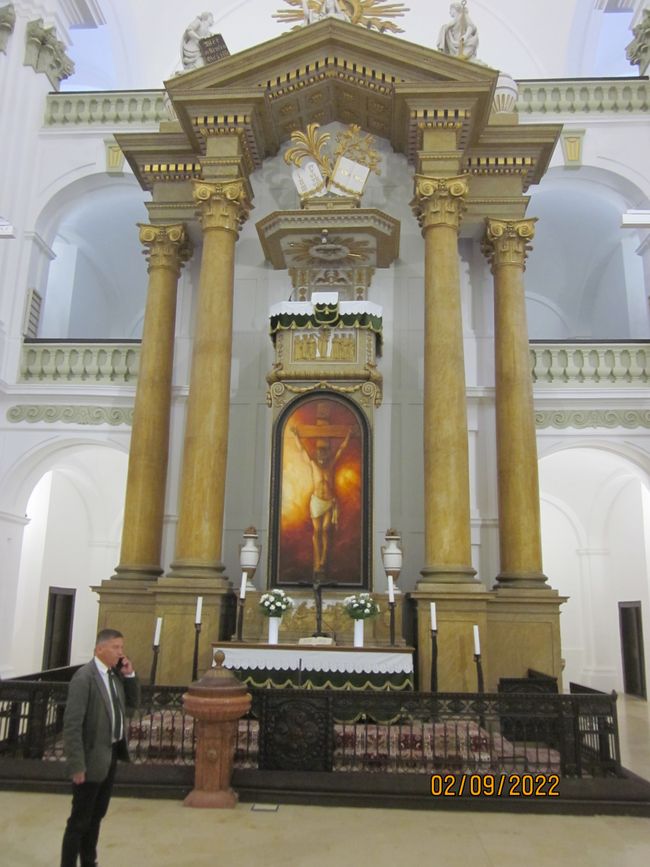
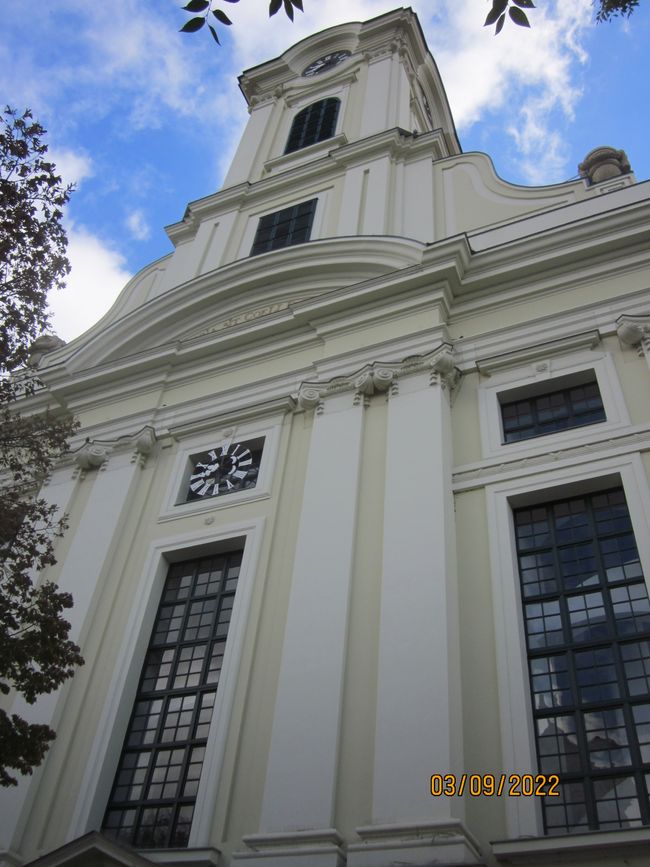
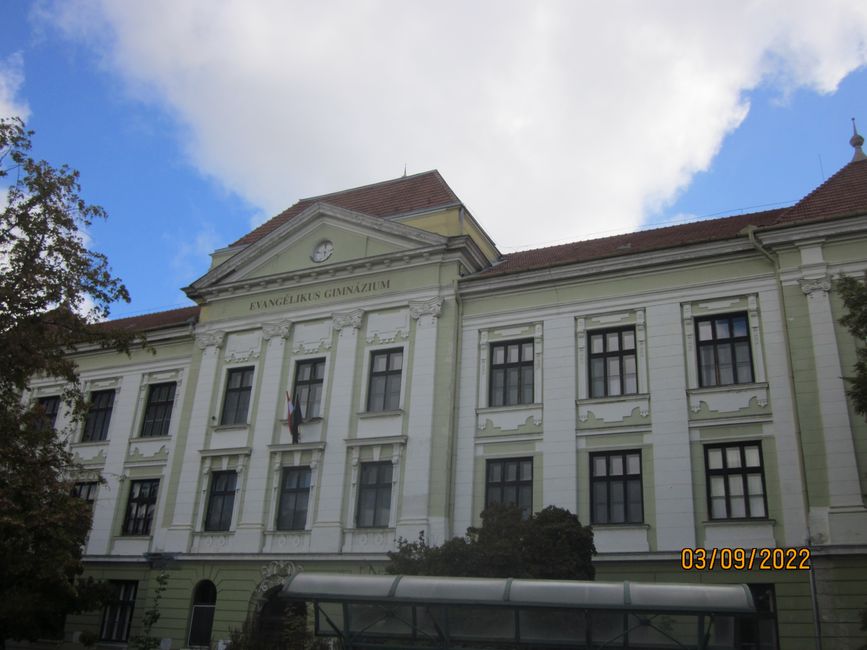
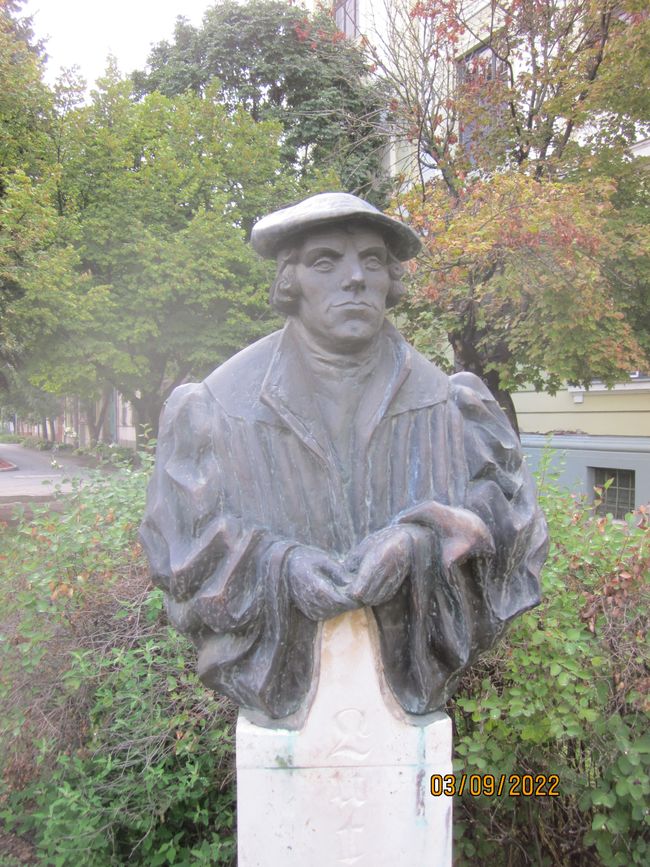
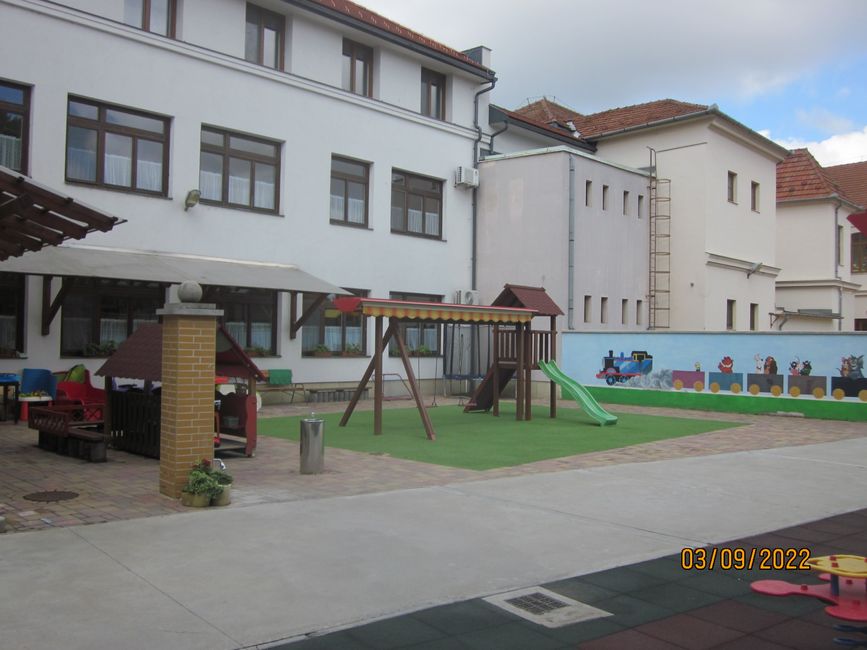
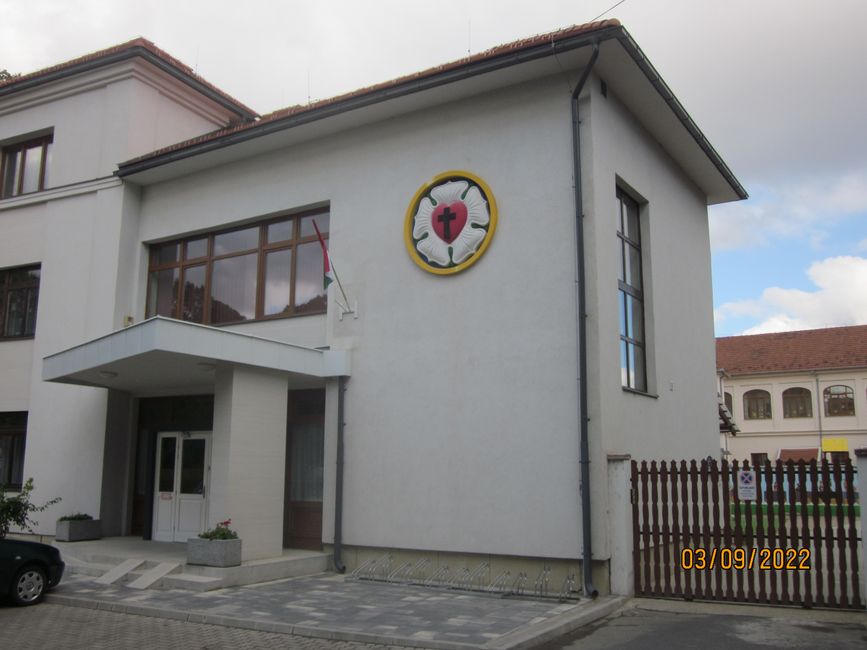
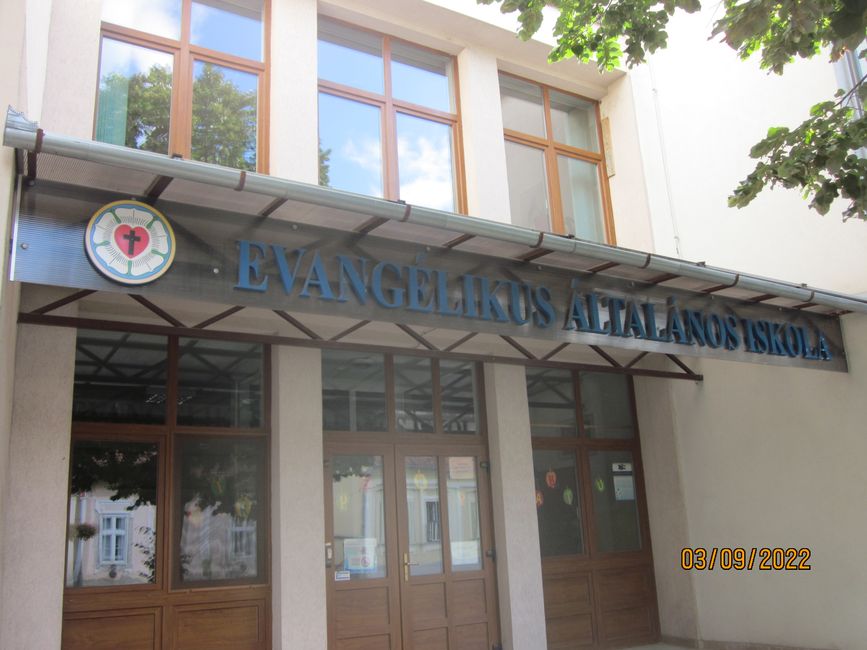
Abbona għan-Newsletter
Just after 6 am my alarm clock rang because I was supposed to have breakfast with Pastor Atilla at 7 am. Because at 7:30 am the first employees arrive at the Diaconal Social Station and prepare the activities. But Atittla said that not as many as usual (20-25) would come today because continuous rain was forecasted for almost the whole day and rain often keeps many visitors away. During the morning until lunchtime, about 15 visitors came. Some only briefly, others longer, to use the creative offers, chat or play cards together. At lunchtime, which started shortly after 11 am, most visitors were there. I was always observed by the mostly older ones, but the employees explained my presence.
I was also allowed to participate in lunch and hoped that the rain would ease up a bit, because my destination for the day was the large county town of Bekescsaba. Already in southern Slovakia, I was told that I should definitely visit the large Evangelical-Lutheran Church there. Because Pastor Atilla also had to drive to Bekescsaba in the minibus in the morning, he offered to take me with him because it was still raining steadily. But I declined because I wanted to ride my bike despite the rain. After all, I was on a bike trip. So after lunch, I packed my four bike bags and said goodbye to the remaining visitors of the social station and the employees and started cycling.
Especially because of the many hot days before, cycling was almost a treat despite the continuous rain. It never went uphill and on about half of the 44 km long distance to Bekescsaba, the road was in a great, smooth condition and I made good progress. I only took a short break for navigation and so I reached the Evangelical parsonage in Bekescsaba in less than 2.5 hours.
In the city, there are three Protestant churches and four pastors. I didn't have to wait for 5 minutes and Pastor Janosch came, greeted me and showed me the guest room in the large community house, where I was allowed to sleep. Since I was completely drenched in sweat and continuous rain in my cycling gear, I first took a shower, put on fresh clothes and then started the tour of the churches in Bekescsaba. And that was very impressive. The city is something like a 'small Protestant stronghold' in Hungary. Out of about 60,000 residents, over 1600 belong to the Evangelical-Lutheran Church, and this has historical reasons:
After the expulsion of the Ottomans, more than 200 Slovak peasant families with numerous children settled on the spot between 1718 and 1723, thanks to the reputation of the Austrian Court Commercial Councillor Georg Harucken, who were allowed to retain their Protestant faith and even received tax advantages. The first Lutheran church of the Slovak settlers soon became too small for the Sunday congregation. Because in the following years, about 40 families settled in the newly founded city every year. Therefore, the space in the first church was no longer sufficient, and a much larger Lutheran church was built right across from it, which even today resembles a cathedral in its might and grandeur.
First, Pastor Janosch and I visited the large community house with a large conference hall, numerous offices of the pastors and employees, and the newly renovated community kitchen. The house is also home to the new Regional Bishop of the South Hungary Diocese. Then we went to the 'small' Evangelical Church, which is actually large enough for the current congregation. It radiates simple beauty and is the 'winter church' of the community. In summer, the large church on the other side of the street is used for worship. This is considered to be the largest Protestant church in all of Eastern Europe and has the character of a cathedral. The entire monumental church shines in plain white inside. Directly above the altar is the pulpit. The Lutheran feature of the church. In my thoughts, I imagined the earlier times when the city was inhabited only by Protestant Slovaks and the churches were well-filled every Sunday. The consequences of World War I and World War II led to the large population exchange between Hungary and Slovakia. The Protestant churches remained.
In addition to these two, there is a third, smaller Protestant church in the city. All three churches testify to the special Protestant-historical heritage of the city of Bekescsaba. There are a total of 6 Protestant worship services to choose from every Sunday in the city. There are also two worship services in Slovak. In total, about 500 worshipers come on an ordinary Sunday, outside of the holiday season. There is always a children's worship service at the 10 am worship services. All known groups and circles exist, and for some time now, there has also been a band for more modern church music.
Next to the church, the church community also operates a primary and middle school, as well as a high school. In front of the school stands a Luther monument. Of course, there is also a Protestant kindergarten. The Luther Rose is also clearly visible on this building. All facilities are within walking distance of the two churches. Just like in Budapest, there is a large Protestant center in the city that is visible to all residents. It is easy to recognize by the numerous Luther Roses, as a visible symbol of the Protestant faith in the city.
After visiting the impressive churches, we agreed to have pizza together in the evening nearby. I did some shopping because some of my things got damaged from constantly unpacking and repacking. While having pizza, we also exchanged some information about church life. I told him a bit about our church situation in the Altmark region. Janosch was astonished that I am responsible for 36 villages and 27 churches together with Pastor Silvio Scholz. I showed him photos of my work with the children and teenagers. Unfortunately, his church does not have a full-time staff member for children and teenagers, although he would like to have one. Then we said goodbye and I went to my accommodation.
The biggest challenge at the moment - as Pastor Janosch told me - is a new worship format that is intended to appeal to families and the middle generation, for which the band has been rehearsing for some time now.
As I fell asleep at the accommodation, I asked myself why the Luther Rose is hardly visible to us, even though all important Luther cities are located in central Germany. I pondered for a while and fell asleep without a specific answer.
Abbona għan-Newsletter
Tweġiba
